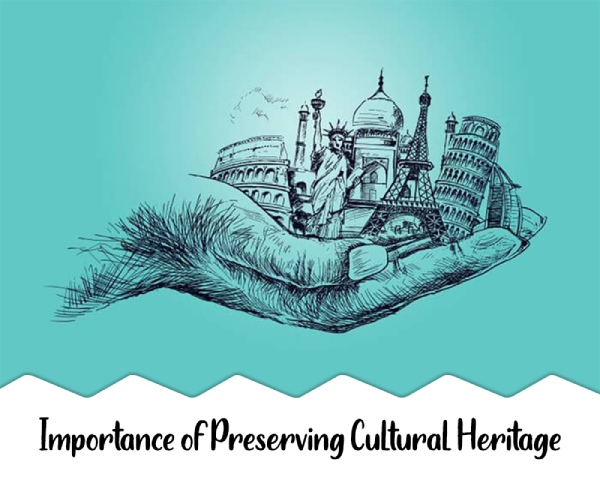Understanding Historical Preservation
Historical preservation is the practice of protecting and maintaining buildings, artifacts, landscapes, and other elements of historical significance. In modern society, characterized by rapid development and technological advancements, preserving history is crucial for maintaining cultural continuity, fostering community identity, and providing valuable insights into the past.

Cultural Identity and Continuity
One of the primary benefits of historical preservation is its role in maintaining cultural identity. As societies evolve, pressures to modernize and adapt can sometimes overshadow traditional values and historical contexts. By preserving historical landmarks, buildings, and traditions, we ensure that the essence of cultural heritage remains intact. Historical sites, such as ancient temples and colonial-era buildings, embody the stories, values, and aesthetics of different periods, reinforcing our cultural identity.
Educational Opportunities
Historical preservation also contributes significantly to educational opportunities. Museums, historical sites, and preserved artifacts offer valuable learning experiences for people of all ages. They provide insights into historical events, social structures, and daily life in different eras. Educational programs and guided tours at preserved sites help students and visitors understand historical contexts, fostering a deeper connection with the past and its relevance to contemporary issues.

Economic Benefits
Preserved historical sites and landmarks often attract tourists, generating revenue for local economies. Historic districts, museums, and heritage sites can become major attractions, drawing visitors interested in learning about history and experiencing cultural heritage. This influx of tourism can lead to job creation, increased local spending, and the revitalization of surrounding areas. Historical preservation, therefore, contributes not only to cultural enrichment but also to economic development.
Fostering Community Pride
Historical preservation plays a crucial role in fostering community pride and cohesion. Preserved sites often become focal points for local communities, symbolizing collective identity and heritage. Community involvement in preservation efforts can strengthen bonds among residents, creating a sense of shared responsibility and pride. Events and activities related to preserved sites, such as festivals and heritage celebrations, further enhance community engagement and unity.
Environmental Sustainability
In addition to its cultural and economic impacts, historical preservation has environmental benefits. Renovating and repurposing historical buildings is often more sustainable than constructing new structures. This approach reduces the need for new materials and minimizes waste. Preserving historic landscapes and natural environments also protects them from development and degradation, contributing to overall environmental conservation.

Challenges in Historical Preservation
Despite its importance, historical preservation faces numerous challenges. Urban development, modernization, and economic pressures can threaten historical sites and artifacts. Many historic buildings are at risk of demolition or neglect as cities expand. Addressing these challenges requires a concerted effort from governments, organizations, and communities to advocate for and support preservation initiatives.
Role of Government and Organizations
Governments play a critical role in historical preservation through laws, regulations, and funding for preservation projects. Policies such as historic landmark designations, tax incentives for preservation, and grants for restoration are essential for supporting these efforts. Community organizations and nonprofits are also vital, raising awareness, mobilizing support, and facilitating preservation activities.
Public Awareness and Engagement
Public awareness and education are key to successful preservation efforts. Engaging the public in the importance of preserving history can foster a sense of stewardship and encourage active participation in preservation activities. Educational campaigns, community events, and volunteer opportunities can help raise awareness and garner support for preservation initiatives.
Conclusion
Historical preservation is vital for maintaining cultural continuity, fostering community identity, and providing educational and economic benefits. By preserving historical sites, buildings, and artifacts, we honor our past, enrich our present, and safeguard our heritage for future generations. As we continue to advance and evolve, the preservation of history remains an essential endeavor, contributing to a deeper understanding of ourselves and our shared heritage.


